Exploring local wildlife can be a profound way to connect with nature and appreciate the rich diversity of animal life that surrounds us. Whether you’re wandering through dense forests, exploring serene wetlands, or venturing out on coastal shores, every wildlife encounter is unique and mesmerizing in its own way. This guide will help you discover some of the best places for local wildlife encounters, give tips on how to make the most of these experiences, and shed light on the importance of preserving these natural habitats.
Why Local Wildlife Encounters Are Important
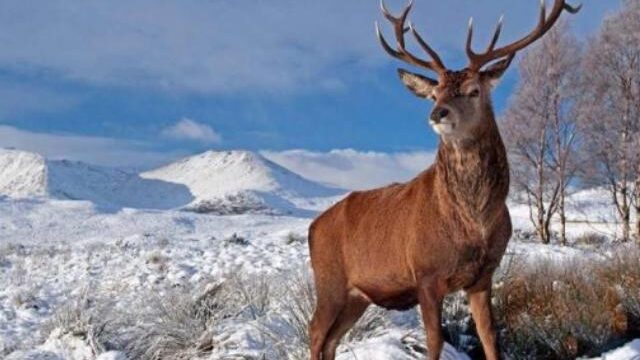
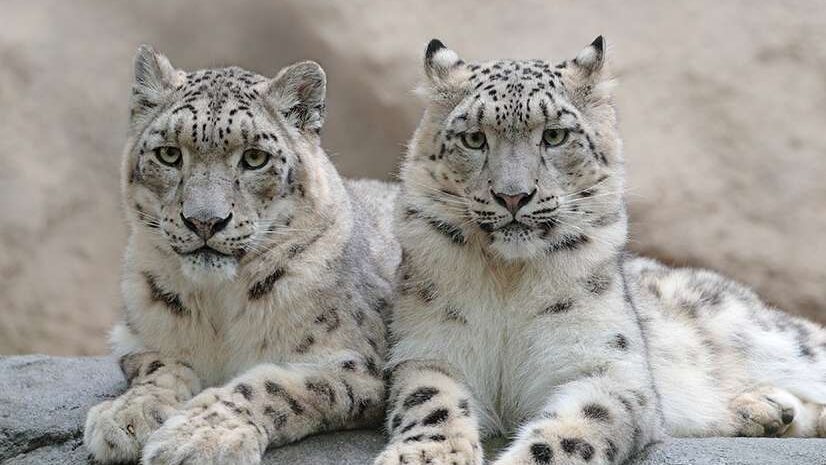
Experiencing wildlife up close allows us to develop a deep appreciation for the biodiversity within our ecosystems. Observing local wildlife is not only thrilling, but it also helps us understand the roles these creatures play in maintaining ecological balance. As you encounter diverse species, you’ll witness how each animal contributes to the health of our environment, from birds that control insect populations to mammals that aid in seed dispersal. These encounters serve as gentle reminders of the importance of conservation.
Top Destinations for Local Wildlife Encounters

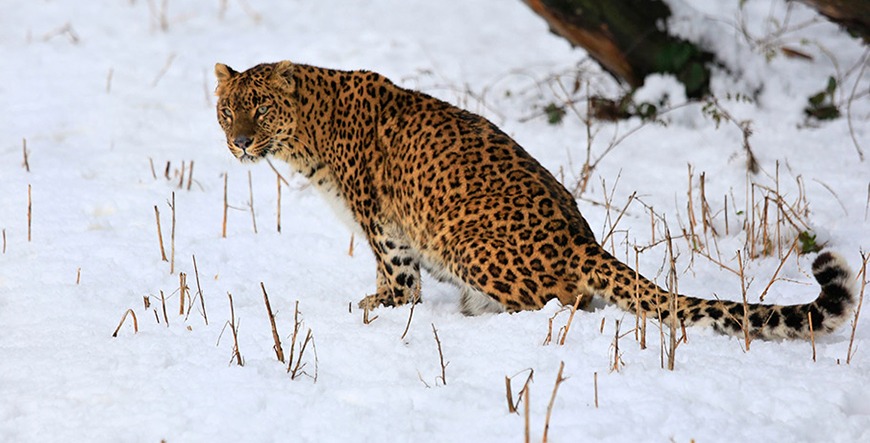
Local wildlife encounters are more accessible than you might think. Here are some must-visit places to experience diverse species in their natural habitats:
- Forests and Woodlands
Forested areas are rich with mammals, reptiles, and countless bird species. A hike through these habitats may reveal sightings of deer, foxes, squirrels, and various woodland birds. Check with local park rangers for guided tours, as they often have the best insight into wildlife behaviors and movement patterns. - Wetlands and Marshes
Wetlands are vital ecosystems for waterfowl, amphibians, and reptiles. Areas like marshes and swamps offer a great opportunity to encounter birds like herons, ducks, and egrets. In addition, turtles and amphibians thrive here, and patient observers may even catch a glimpse of elusive creatures like otters or beavers. - National Parks
National parks are dedicated to preserving local wildlife and ecosystems. Many parks offer guided wildlife encounters and safaris where you can learn about animals in a structured and responsible way. National parks also play a crucial role in conservation efforts, making them great spots for those keen on sustainability. - Coastal Areas and Beaches
From seagulls to seals, coastal regions are rich in biodiversity. Coastal habitats provide shelter for both marine and land animals, and many shorelines attract a diverse array of migratory birds. Some regions also offer whale-watching opportunities, giving you the chance to observe these majestic creatures up close. - Local Wildlife Reserves
Wildlife reserves are protected areas established for the conservation of specific species and habitats. Visiting these reserves can offer encounters with rare or endangered animals, often under the guidance of trained conservationists. Wildlife reserves are an excellent option for those looking to support preservation efforts while having a respectful and informed wildlife experience.
Tips for Enjoying Local Wildlife Safely and Respectfully
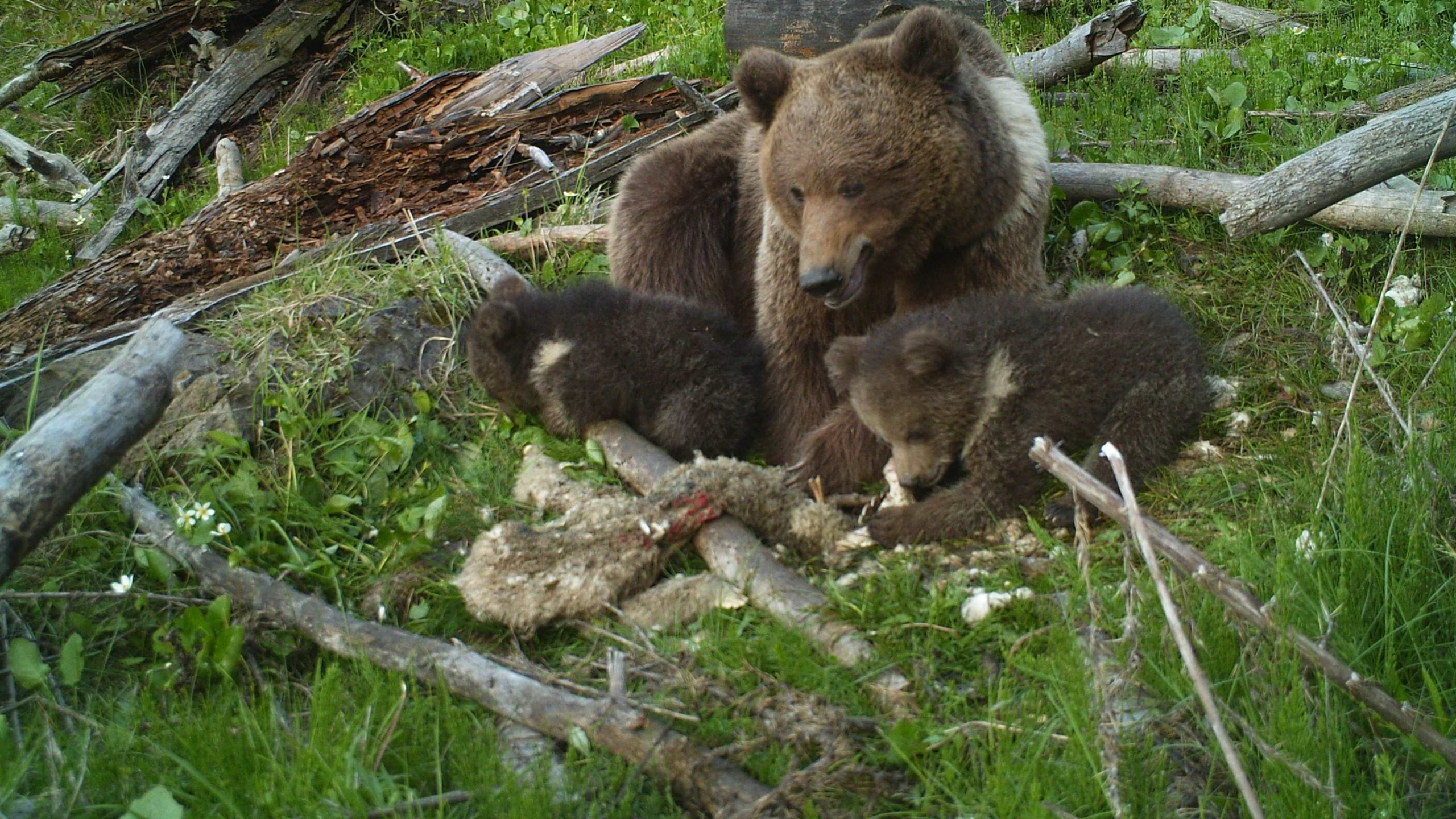
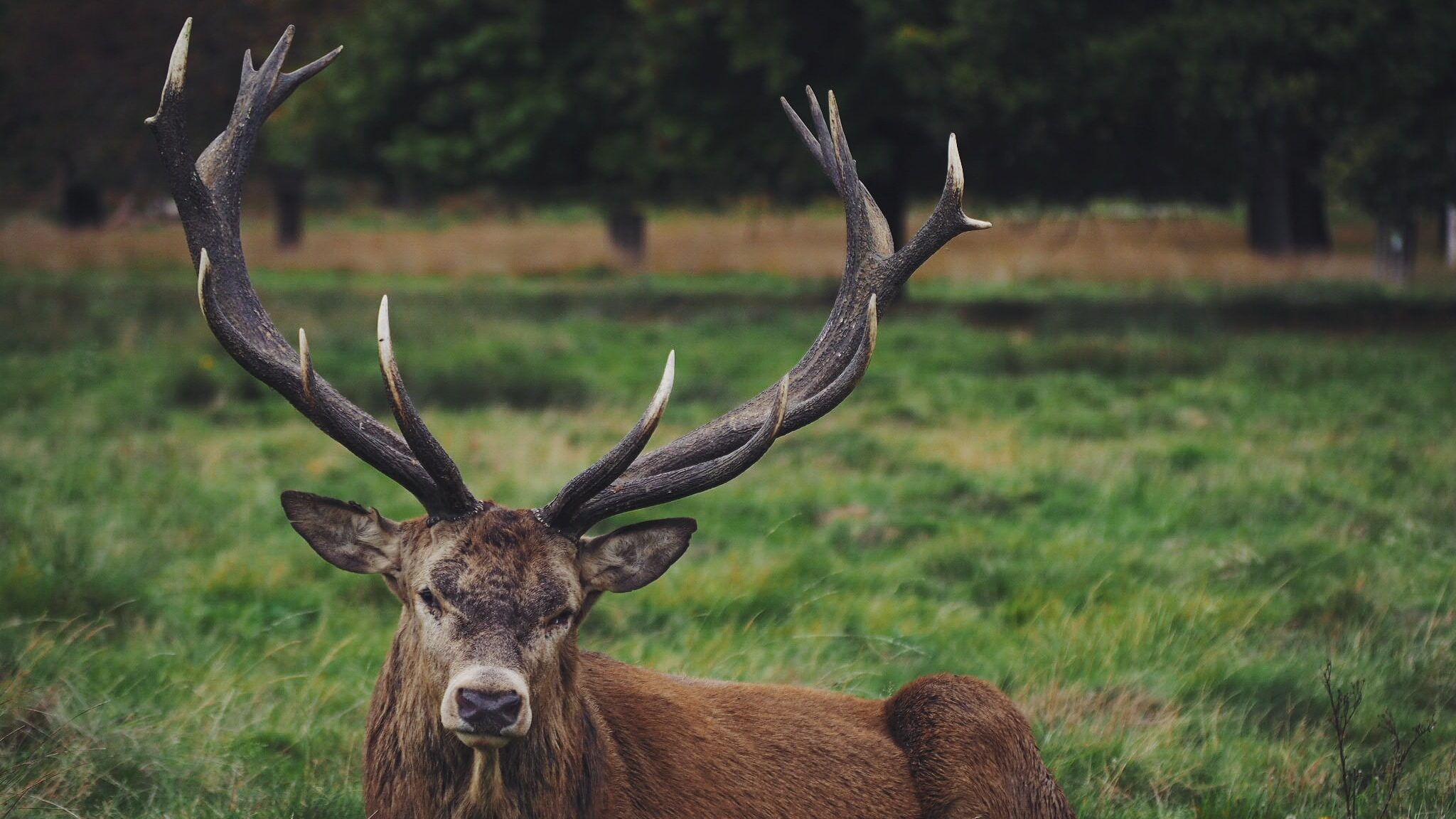
When enjoying local wildlife encounters, it’s essential to prioritize the safety and well-being of both yourself and the animals. Here are some key tips to enhance your experience:
- Respect Animal Space: Always maintain a safe distance from animals, as getting too close can cause them stress and may disrupt their natural behaviors.
- Avoid Feeding Wildlife: Feeding wild animals can alter their diet and make them dependent on human-provided food, disrupting their natural foraging habits.
- Observe in Silence: Keeping noise to a minimum helps in blending into the environment and increases your chances of observing animals in their natural state.
- Follow Guidelines and Regulations: Each wildlife area has specific rules, and abiding by them ensures the preservation of these habitats and the animals within them.
Conservation and Responsible Tourism
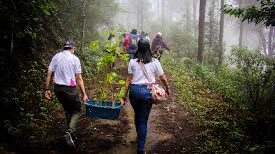

Local wildlife encounters should be experienced with a sense of responsibility and respect for the environment. Conservation efforts are essential in maintaining healthy ecosystems and ensuring that future generations can also enjoy these beautiful experiences. Choosing to visit areas that actively work toward conservation can make a positive impact. Support organizations and parks that are dedicated to the preservation of wildlife, as they play a crucial role in protecting these delicate ecosystems.
By visiting wildlife areas that uphold strict conservation measures, you contribute to these preservation efforts and help ensure that animals thrive in their natural habitats. For further reading on wildlife conservation and ethical travel practices, check out this helpful resource from National Wildlife Federation.
Preparing for Your Wildlife Adventure
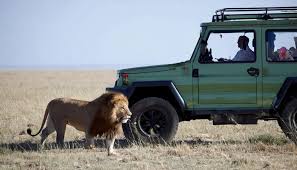
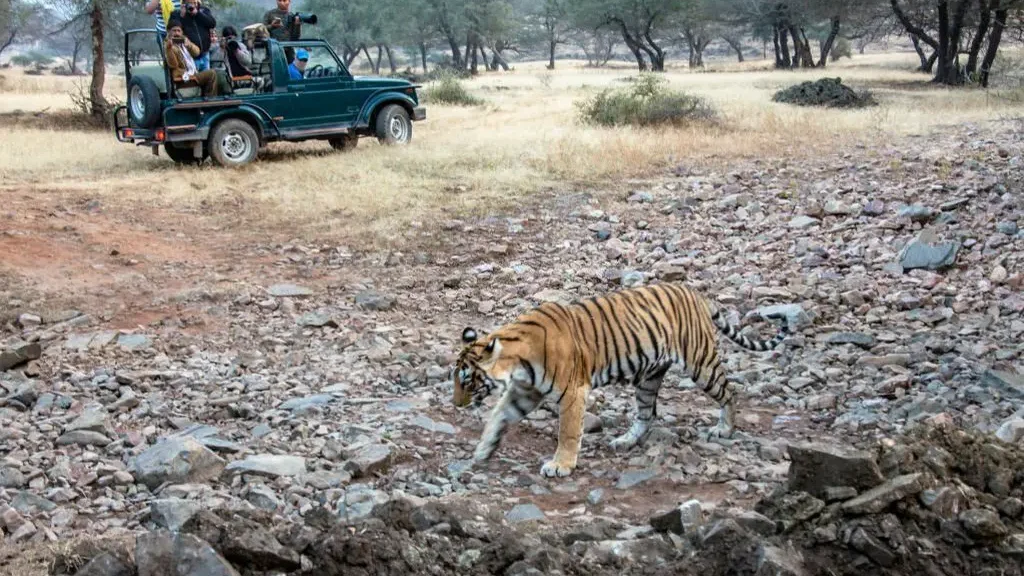
Preparing for local wildlife encounters involves a few essential items. Here’s a quick list of must-haves to ensure a memorable and respectful wildlife experience:
- Binoculars: Essential for viewing animals from a safe distance without causing them distress.
- Camera: Capture memorable moments while adhering to ethical wildlife photography practices.
- Guidebook: A local wildlife guidebook can help you identify species and understand more about their behavior and habitats.
- Appropriate Clothing: Wear neutral-colored clothing that blends into the surroundings, minimizing your presence.
The Future of Local Wildlife Conservation
Protecting local wildlife and their habitats is more critical than ever. The impact of urbanization, climate change, and pollution has threatened many species, reducing their habitats and putting their survival at risk. Conservation efforts, supported by responsible tourism and public awareness, play a vital role in maintaining biodiversity. Participating in local wildlife encounters helps support the organizations and reserves working tirelessly to protect these precious ecosystems.
Keyphrases to Remember
In summary, local wildlife encounters, wildlife conservation, and responsible tourism are integral to ensuring the longevity of our natural environments. By engaging in these experiences mindfully, you can enjoy the thrill of wildlife spotting while contributing to the preservation of our planet’s rich biodiversity.
Embrace the chance to learn about local wildlife, and let each encounter inspire you to protect these creatures and their habitats. Remember, every step taken towards respecting and preserving wildlife helps create a sustainable and balanced ecosystem for generations to come.
